【新唐人2011年7月25日訊】7月23號晚8點多,兩列動車在中國溫州境內追尾相撞,造成6節車廂脫軌,4節墜橋。大陸媒體報導,目前已造成35人死亡,210人受傷。而中共喉舌媒體發佈的事故主因,受到業內專家的質疑。
大陸媒體報導說:週六晚上,由浙江杭州開往福建福州的D3115次動車,因鐵軌遭到多次雷擊而斷電失去動力,被迫停靠在溫州市附近的一座高架鐵路橋上。晚上8點50分,北京南站到福州的D301次動車行使到此,與這列動車發生追撞,導致D301次動車第1至第4節車廂脫軌,停靠的 D3115次動車的第15、16節車廂被撞脫軌,從高架橋上墜落。高架橋距離地面約為20∼30米。
記者致電給溫州醫院,院方告訴《新唐人》,他們已經接受了很多的傷者。
溫州醫院人員:「 傷患有啊!」
記者:接收到幾位了?
溫州醫院人員:「接收的目前所在院的是29人,接診的是40多人。」
而溫州衛生局則說:已經是35人遇難了,傷患各醫院都有。也有溫州居民說:死了36個人。
溫州市長趙一德表示,兩節擠壓在一起的車廂裏可能還有乘客。初步估算,發生事故的兩輛列車中,前 一列大約有900多人,後一列有500多人。
有幸生還的張女士告訴《大紀元時報》,“事故發生時,車廂的燈全滅了,車廂猛烈的顫抖,尖叫聲充滿了整個車廂,接著就墜下了高鐵橋,她趕緊衝出車廂找女兒,但是至今還沒找到。
據了解,追撞的列車屬CRH系列電聯車,在鐵道部資料及宣傳中,都被視為「高鐵列車」。特殊的是,台灣《中央社》報導說,「動車」既在京滬、武廣、杭深等「高鐵線」上行駛,也在北京到哈爾濱、武漢、成都等地的「一般鐵路線」上,與其他火車混合行駛﹔而且行駛在「一般鐵路線」上時,時速也在200公里上下。
大陸《經濟觀察網》報導,列車技術專家告訴記者,「動車」本身具有防備雷電的裝置,在受到雷電的干擾後,自控系統會開啟,導致停車。但列車上有司機,可以緊急操作。
報導說,多位專家質疑當局的說法。專家提問:“兩車之間的相隔安全距離為1000米左右。後車同樣有自控系統裝置,為甚麼沒有停車?”
文章進一步指出,業內人士分析認為,追尾的第二個原因,可能是調度出了問題。查閱中國鐵路客戶服務中心網站的列車時刻表顯示,在臺州至溫州南段,應該是D301列車在前,D3115在後。但現實卻是相反的。如果按運行時刻安排,即使相撞,也是D3115撞D301。
在新浪微博上有網友已貼出“關於溫州7.23動車追尾的十大疑問”,並寫道:鐵道部開發佈會,卻只讓cctv與《新華社》的記者進入,甚麼臨時工,N年不遇的天災啊,網友的眼睛是雪亮的,別再想轉嫁責任了。
與此同時,中國開通不到一個月的「京滬高鐵」,在連續多次出現故障之後,也打擊了公眾對中國鐵路的信心。
溫州居民張先生:“如果說讓我坐車的話,我選擇火車,坐火車還是穩一點啊,動力車你看看,動不動這樣那樣的,比較怕。”
網友說,「公路沖毀怪雨大,橋樑垮塌怪車超載,動車追尾怪雷擊,何時能見人擔責?」
新唐人記者劉惠、林慧心、周天採訪報導。
Cause of Train Accident Questioned
On July 23, after 8 p.m., two motor trains collided in Wenzhou,
resulting in six cars derailing and four cars falling off a viaduct.
Chinese media reported 35 deaths and 210 injuries.
However, industry experts questioned the cause reported by
the mouthpiece media of the Communist government.
Chinese media reported that on the night of July 23,
Motor train D3115 traveled from Hangzhou to Fujian.
Its track lost power after being struck by lightning.
So, the train was forced to stall on a viaduct near Wenzhou.
At 8:50 p.m., another motor train D301from Beijing to Fuzhou
rear-ended D3115, causing two of D3115』s cars to derail,
and four of D301』s cars to derail and fall off the viaduct.
The viaduct is 20 to 30 meters above the ground.
A hospital in Wenzhou told NTD that
they had received a lot of injured passengers.
Hospital staff: "We have received some wounded passengers."
(Reporter: How many have you received?)
Hospital staff: "Currently, 29 people are hospitalized,
more than 40 people were admitted to the hospital in total."
However, the Wenzhou Health Bureau announced that
35 died and there were wounded people in all local hospitals.
According to some local residents,
36 people had died.
Wenzhou』s mayor Zhao Yide said that
there might still be passengers in two wrecked cars.
It is estimated that there were 900 people in the first train
and 500 people in the second train.
Survivor Ms. Zhang told the Epoch Times that
at the time of the accident, all lights went off in her car,
the car trembled severely, and screams filled the car.
Her daughter』s car then fell off the viaduct.
She rushed out of her car to search for her daughter.
However, she has not yet been found.
Both trains were China Railway High-speed series
electricity-powered trains.
According to Taiwan』s Central News Agency,
electricity-powered trains not only run on high-speed rails,
but also run on general railways along with regular trains
at a speed lower than 200 km/h.
China Economic Observer Online reported,
technical experts said that electricity-powered trains have
lightning protection devices.
Their automatic control system would be activated
to stop the trains after lightning strikes.
But train conductors may carry out emergency operation.
The report questioned the authorities』 explanation.
The experts asked,
“If the safe distance between both trains is 1,000 meters,
why didn』t the 2nd train with automatic control system stop?”
The report also indicated that internal analysts believe that
the second cause of the accident may be a scheduling problem.
China Railway』s online train schedules showed that
from Taizhou to the southern section of Wenzhou,
Train D301 should run ahead of Train D3115.
However, it was not the case.
A netizen posted on Sina』s microblog,
"Ten Questions of 7.23 Rear-end Train Accident in Wenzhou",
“The Ministry of Railways held a conference that only allows
the entrance of CCTV and Xinhua News Agency reporters.
Everyone is watching. Don』t try to shift your responsibility
to temporary workers or natural disasters.”
Meanwhile, the Beijing-Shanghai High-Speed Rail,
which started operation less than a month ago,
had several operational failures.
This has decreased the public confidence in China』s railways.
Wenzhou resident Mr. Zhang,
"I would choose the regular trains over the high-speed trains.
Regular trains are more stable.
I am too scared to take the motor trains.”
A netizen said, "If roads are damaged, the rain is blamed;
If bridges collapse, the cars are blamed for being overloaded;
If trains are rear-ended, the lightning is blamed.
When can people take the responsibility?"
NTD reporters Liu Hui, Lin Huixing and Zhou Tian
看下一集
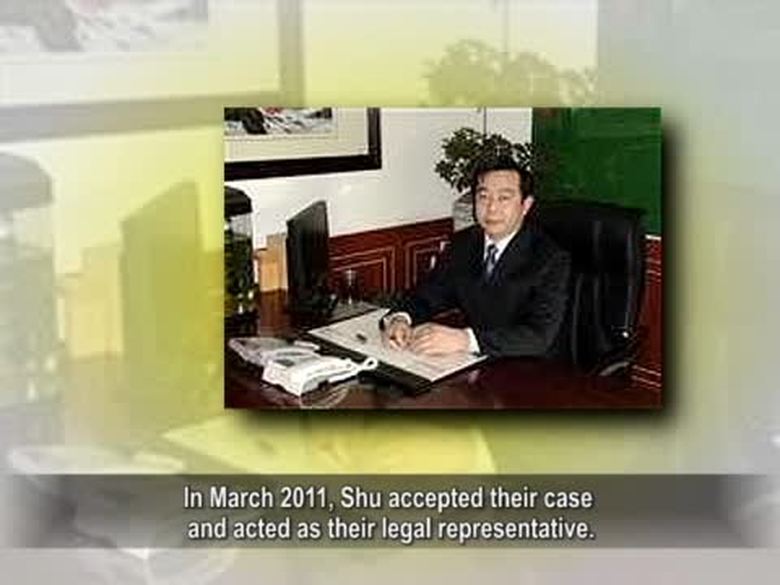
【禁聞】恐成「第二個錢雲會」律師求助
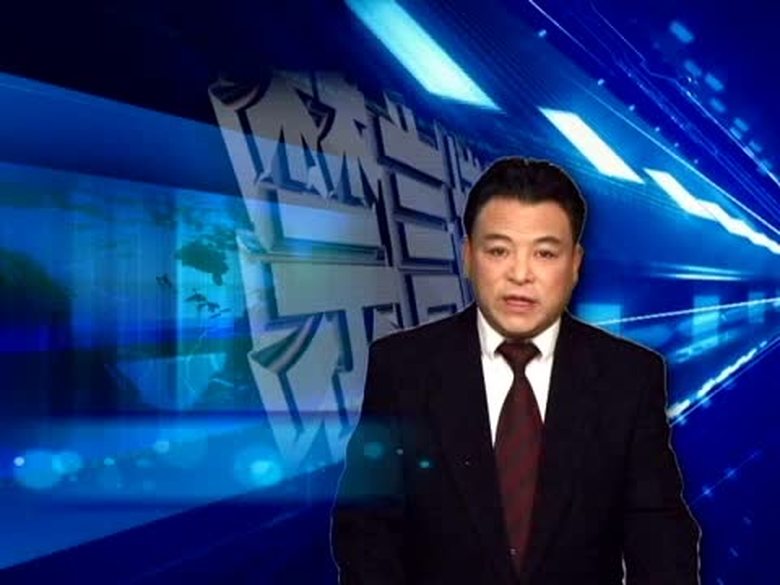
【禁言博客】趙本山移民傳聞背後的精英焦慮
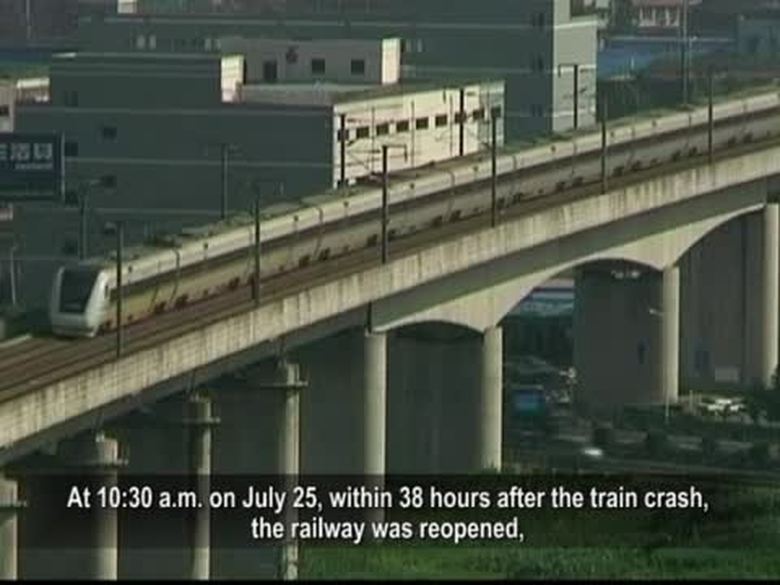
【禁聞】民間十問溫州動車追尾
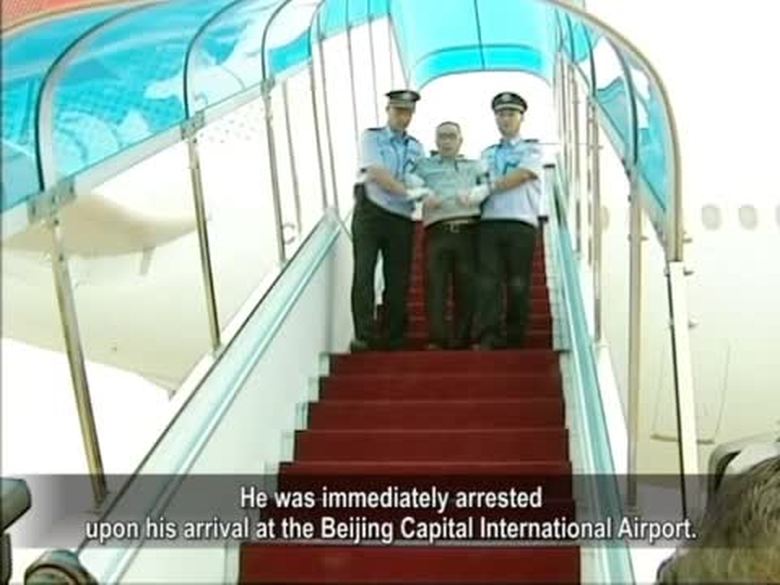
【禁聞】賴昌星案 中共低調 民間褒貶不一
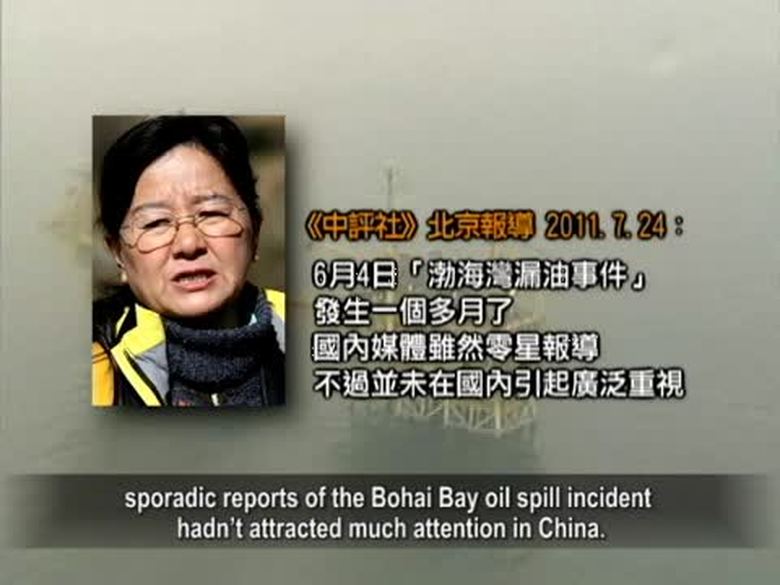
【禁聞】相同漏油事件 中美處理大不同
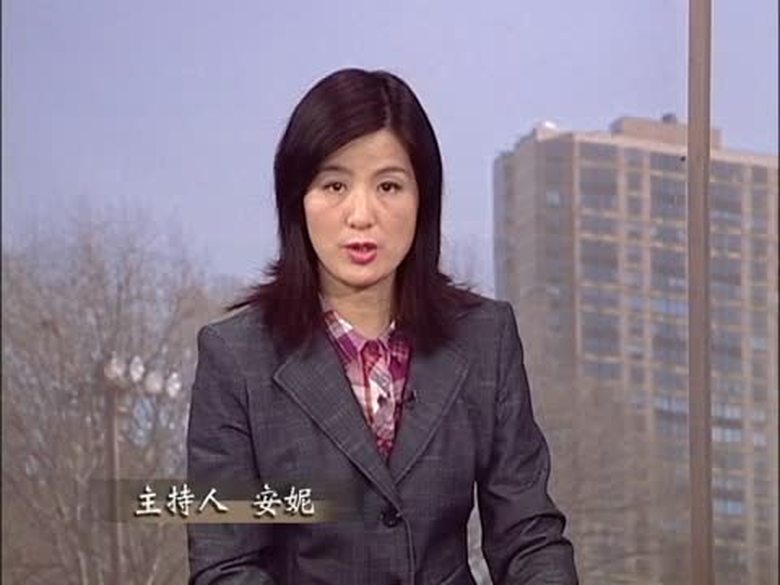
【禁聞論壇】三尺頭上有神靈嗎?

【禁聞】學者:仇官仇富中國基本社會心態
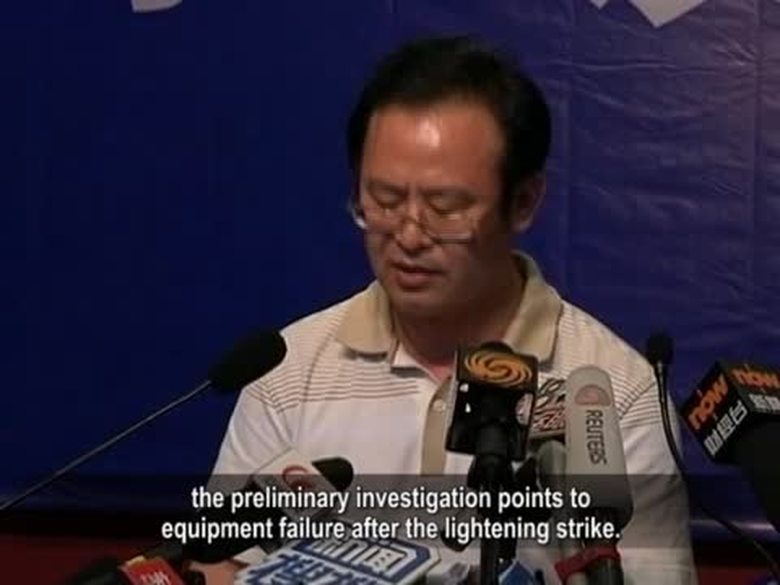
【禁聞】動車事故 中日處理方式大不同

【禁聞】國際貨幣基金組織 促人民幣升值

【禁聞】賴案涉深高層黑幕 胡掌牌分化江派
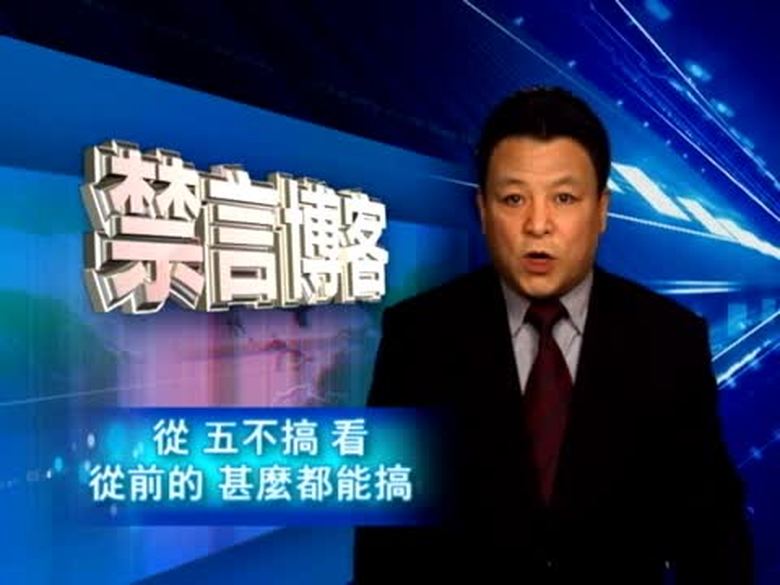
【禁言博客】貪官經驗交流會上的講話
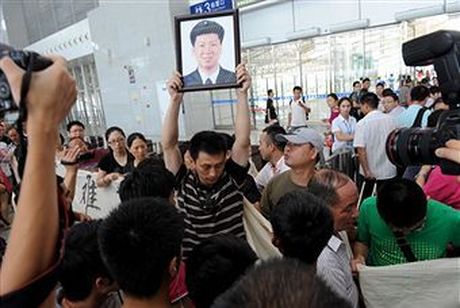
【禁聞】溫州事故引民憤 傳媒特警抗命

【禁聞】慘劇震裂鐵道腐敗王國 引高層整肅
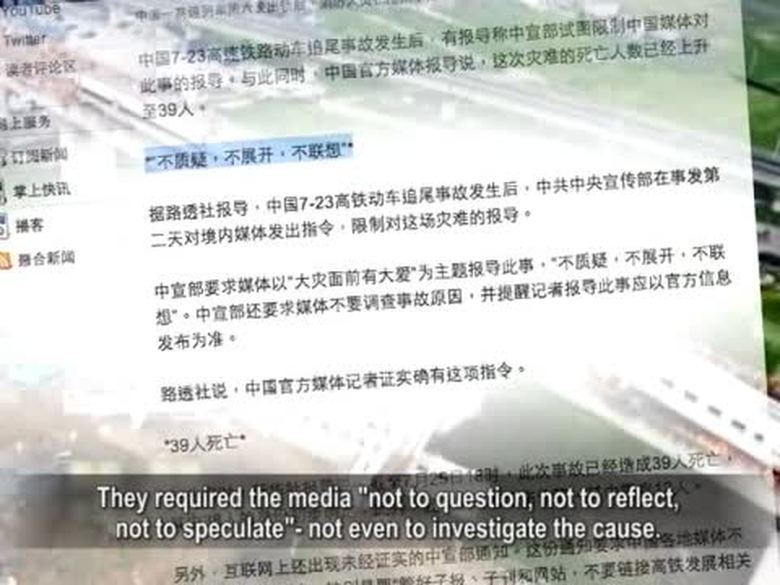
【禁聞】高鐵事故主因 中宣部令不報導
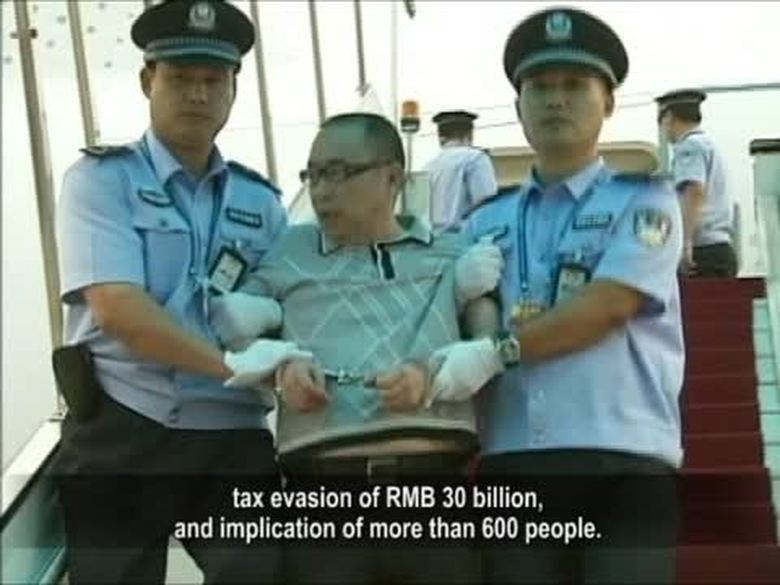
【禁聞】賴昌星案是否涉及中南海 民眾熱議
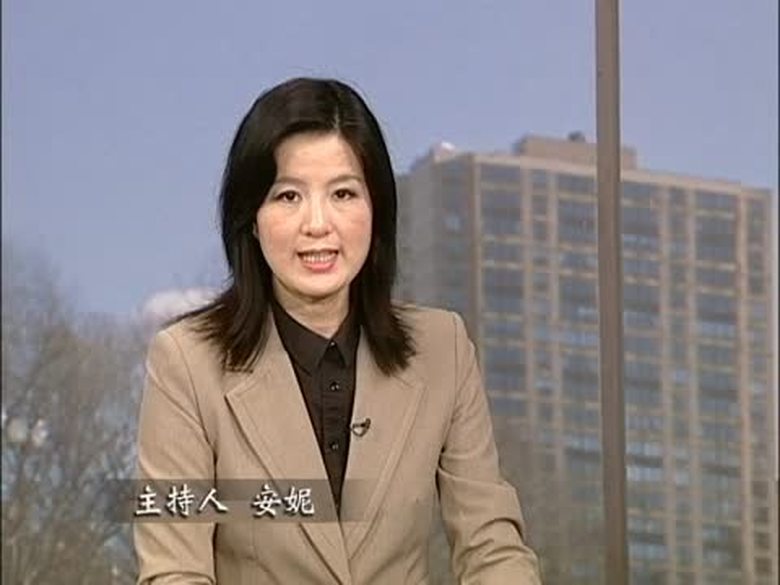
【禁聞論壇】中國人,你為甚麼不生氣?








